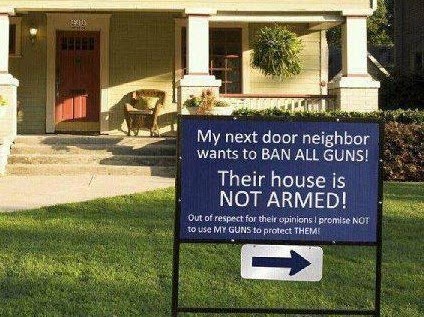Not every poker player is a math expert. But being able to accurately calculate probabilities in relation to rewards (the pot and future pot size) is critical to poker success.
I found the trick to make poker math easy. It is called the Golden Rule of Two.
You multiply the number of outs you have to win the hand by 2, per cards to come.
For example, you have JT of spades on the button in a limit game. A middle player calls and the cutoff raises and you call the double bet, and the BB and middle player both call.
The flop is 3h, 8c, 9d. You assume the cutoff raiser has a big pocket pair (AA, KK). We figure pairing our J or T will not win us the pot. We are positive we need the nut straight to win especially with all the fish in this pond.
To figure the percentages you simply take the number of card that will give us the straight (8) and multiply it by 2. Since there are two cards to come, so we can multiply this number by 2 also.
So 8 x 2 (for turn card) = 16% chance of hitting straight on the turn.
Then, 16 x 2 (river) = 32% of hitting straight with the turn or the river card.
So we can estimate that our odds of hitting the straight by the river is 32% - or almost 3 to 1 against hitting the straight.
The actual odds are 34.2%, but this method obviously gets you close enough. This assumes all the cards you need are still available to show up, which is rarely the case – so this estimation method may actually be better than the real calculations.
So if the two front player’s check and the raiser bets the flop. You know there are 6 big bets in the pot and maybe only 8 big bets at the river. It is going to cost you at least 2.5 big bets to call it down. That is a 3.2 to 1 payoff for 3 to 1 odds. A coin flip decision.
If you are certain the limpers will continue to call it down also, the odds change. The minimum that will be in the pot after the river betting may be 12 big bets, not counting your donations. Now you are getting a 4 to 1 payoff for a 3 to 1 bet – a clear call – or for Beerhog, a perfect re-raise situation.
Let’s say you have JTs on the button and the table all fold to the cutoff who raises. You know if you call you will have even a coin flip situation – WITH a near perfect flop AND both the SB and the BB calling. Is that the situation you want to put yourself in continuously? A clear fold.
Of course a Boother re-raise from the button may get the SB and BB to fold, leaving you heads up against the raiser. Your JTs is a slight favorite over small pairs and A-any, but hurting in a big way against AK, QQ, KK or AA.
Lesson over - now commentary.
34.2% is the percentage to hit that straight for normal players.
For me to hit that straight, it is 4.1% against a random player on-line or at a casino, or at Boother’s game.
Against ArticBlast, BonA1r, Boother, Beerhog, Cigar4John, DavetheDog, Hlam, 747, Matchy, Momo, Rownder, SpartyToJo and Tolly it is 3.7% that I would hit the straight and 99.9% of them hitting the straight if I have the big pocket pair in the hand with you mopes.
Sour grapes and being a sore loser were not involved in this commentary what so ever. – Nik Faldo
Monday, April 30, 2007
Subscribe to:
Post Comments (Atom)







2 comments:
Nik-This explains why I lost $60 to Boother on Fri. night. By my calculation on an Omaha odds calculator I was a 90 to 10 favorite to win going in to the flop, which was a Q. The ONLY two cards Boother could beat my straight with were JK, and I held a J. Guess what 2 of Boother's cards were when I called his all in bet?
Signed
Matchy ($60 lighter and bitter)
Edit post above...the RIVER was a Q, and I was a 90/10 favorite going into the RIVER.
Matchy
Post a Comment